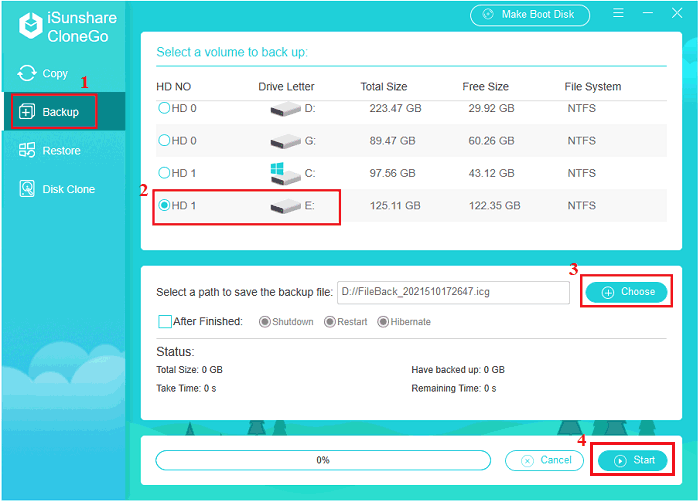
For example, you might want to do this if you use a flash drive to store data files you need to use on your Mac at home and when using a Windows-based computer at school or the public library. For your hard drive to be read on both Windows and Mac operating systems, you may opt to format. The easiest way to do that is hit CMD and the spacebar at the same time and type in 'Disk Utility' to find the program. In Disk Utility, you can format an external disk that you can use with both a Microsoft Windows-based computer and a Mac. Another option, for those who use both Windows and Mac OS regularly, is to partition your hard drive and have a portion of the drive formatted for each OS. You'll see the MacOS Utilities window choose "Disk Utility." Now you can choose to erase your startup drive, and choose "Mac OS Extended (Journaled)" as the operating system. Note that all Mac OS Extended formats are only readable on Macs.

To get around that problem, hold down the Command + R keys when you turn on your Mac and let go when the logo appears. If you want to format your Mac's system drive, you can't do that when the Mac is running normally because the drive is in use by the operating system. APFS: Know the Basic Difference Part 2: Why You Might Need to Convert an Apple Hard Drive to Windows Format Part 3: How to Convert APFS to NTFS on Windows Part 4: Pro Tip: Restore your Lost Data with Wondershare Recoverit NTFS vs. In the left pane, right click the USB Drive and select Format Disk for Mac.


Usually, you'll want ExFAT, which is the default for the MacOS. Use TransMac, which has a 15-day trial period and works flawlessly. Select the drive you want to format and then choose “Erase.”Ĥ. At the top of the window, click "Erase."ĥ. In the pop-up window, choose the file system you want to use.


 0 kommentar(er)
0 kommentar(er)
